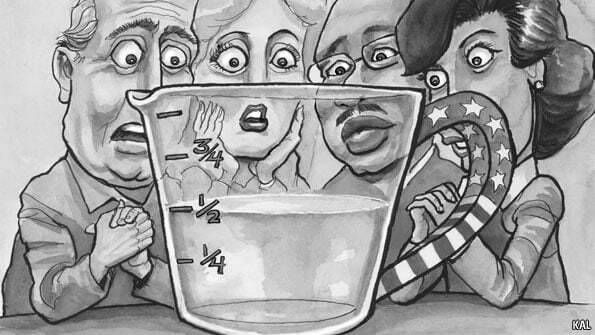Introduction
In our decision-making processes, we often rely on mental models that shape our perceptions and judgments. One such model that frequently influences our thinking is Declinism. Declinism refers to the tendency to believe that society, institutions, or personal circumstances are in a state of decline or worsening. This mental model is anchored in human psychology and can significantly impact our decision-making processes. Understanding the concept of Declinism is crucial for making rational decisions and avoiding the potential pitfalls of this bias.
The Psychology of Declinism
Declinism finds its roots in various psychological phenomena and biases. The negativity bias, for instance, predisposes us to pay more attention to negative information and perceive it as more influential than positive information. This bias is adaptive in nature, as it helped our ancestors prioritize potential threats in their environment. However, in modern society, this bias can lead to an exaggerated perception of decline and hinder objective decision-making.
Another contributing factor to Declinism is the availability heuristic, where individuals assess the likelihood of events based on how easily they can recall similar instances from memory. Media coverage and personal anecdotes often highlight negative events, leading us to overestimate the prevalence of decline and underestimate positive developments. Additionally, the confirmation bias can reinforce Declinism by causing individuals to selectively seek and interpret information that supports their belief in decline, while disregarding contrary evidence.
Examples of Declinism
Personal Life Decisions: An individual who has experienced a series of setbacks, such as financial difficulties or relationship challenges, may develop a belief that their life is in a state of decline. This mindset can lead them to make irrational decisions driven by fear and pessimism. For instance, they may avoid taking calculated risks or opportunities for personal growth due to an unwarranted belief that any new venture will inevitably end in failure.
Business Scenarios: In the business world, organizations may fall victim to Declinism by perceiving their industry or market as on the verge of decline. This mindset can hinder innovation and strategic decision-making. Instead of embracing change and adapting to evolving market conditions, companies may resort to conservative approaches, avoiding necessary investments or failing to explore new growth opportunities.
Public Policy-Making: Declinism can also manifest in public policy discussions, where policymakers and the general public may perceive societal problems as insurmountable and irreversible. This belief can hinder the implementation of effective solutions, as the focus shifts towards maintaining the status quo rather than actively addressing the root causes of social issues. As a result, policy decisions may lack the boldness and innovation needed for positive change.
Mental Biases and Underpinnings of Declinism
In addition to the biases mentioned earlier, several other psychological underpinnings contribute to Declinism. The loss aversion bias, which causes individuals to strongly prefer avoiding losses over acquiring gains, can amplify perceptions of decline. The fear of losing what one already possesses can overshadow the potential benefits of change or progress, reinforcing the belief in decline.
The hindsight bias, where individuals tend to view past events as more predictable than they actually were, can also contribute to Declinism. Looking back, it is easy to selectively recall negative events and overlook positive developments, further cementing the belief in an overall decline.
Identifying and Overcoming Declinism
Recognizing when we are succumbing to Declinism is the first step toward making objective decisions. Here are some strategies to help identify and overcome this bias:
Examine the Evidence: Evaluate the available evidence and critically assess whether the perception of decline is supported by objective data. Seek out diverse sources of information and consider multiple perspectives to gain a more balanced view of the situation.
Challenge Assumptions: Question the underlying assumptions and biases that may be driving the belief in decline. Actively seek out positive examples and counterarguments that challenge the prevailing narrative of decline. This practice encourages a more nuanced understanding of the situation.
Cultivate a Growth Mindset: Embrace a growth mindset, which emphasizes the potential for learning, improvement, and positive change. Focus on personal and collective growth, seeking opportunities for development and innovation, rather than dwelling on perceived decline.
Conclusion
The Declinism mental model can significantly influence our decision-making processes, leading to irrational choices that are contrary to our best interests. By understanding the psychological biases that contribute to Declinism and implementing strategies to counteract this bias, we can make more informed and objective decisions.
Awareness and active avoidance of the Declinism trap can empower individuals and organizations to embrace change, explore new possibilities, and contribute to positive progress. By cultivating a balanced perspective and challenging negative assumptions, we can navigate the complexities of decision-making with greater clarity and purpose.
